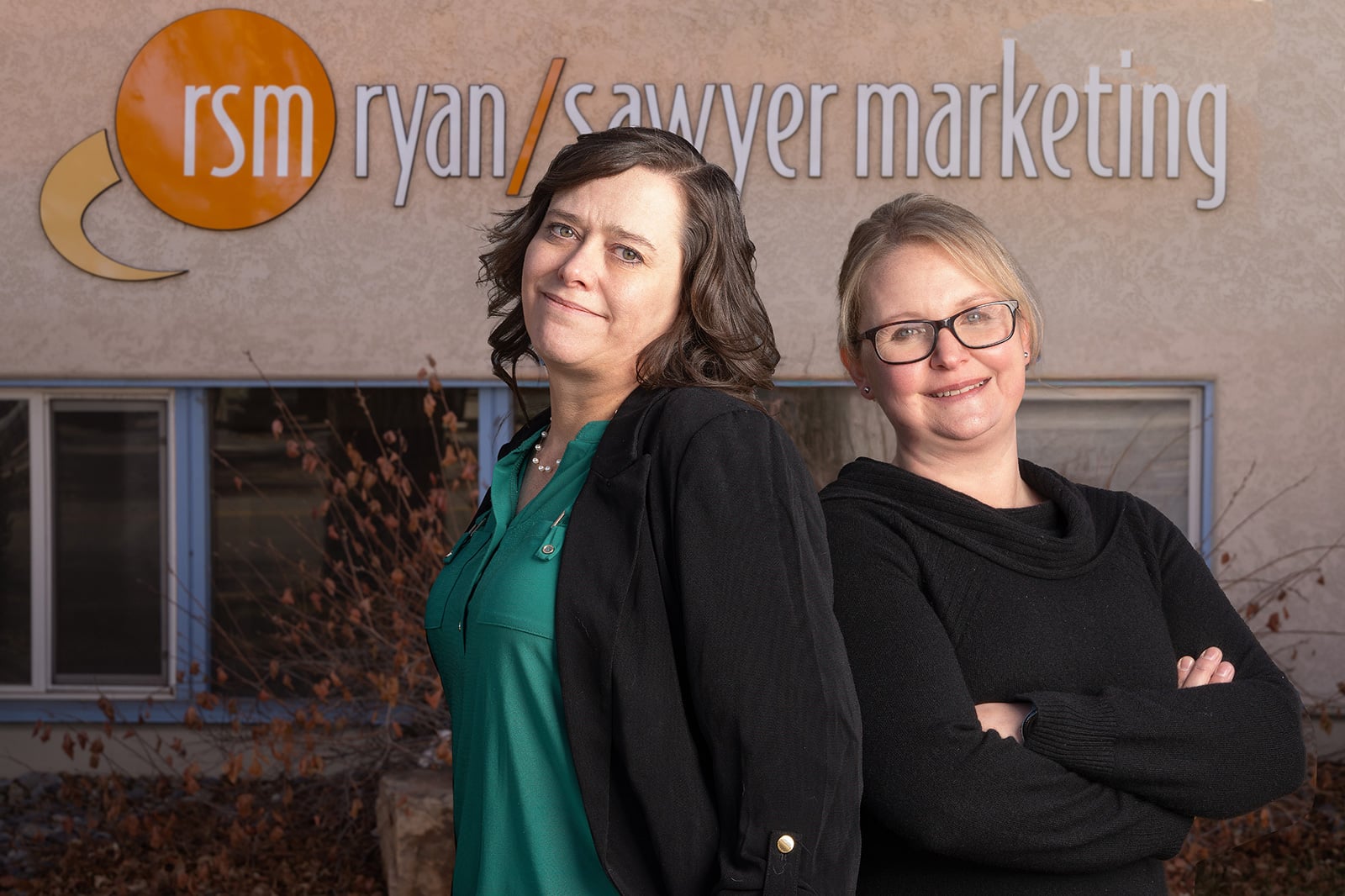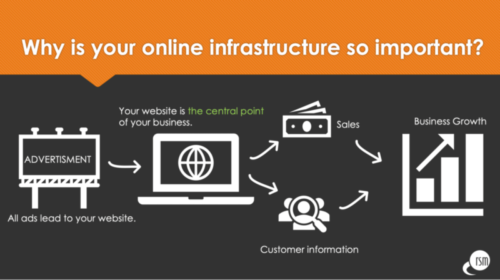Social Media in Health Care, Part 2 | The Players
Engaging your brand in social media is kind of a no-brainer – unless you’re in the healthcare industry. In our experience, some health organizations have been hesitant to foray into social media due to confusion about what to discuss, how to engage with patients, or fear of running afoul of HIPAA regulations.
This series attempts to break down the basics and offer some guidance as to how to navigate the social media waters.
If you’re just starting out engaging in social media at your organization, you need to evaluate which platform is the best fit. There are so many to choose from, and if you’re outside the United States, this list will be different. For purposes of this, we’re taking a look at the four most prominent social media available to brands (SnapChat isn’t there just yet).
| Monthly Active User (MAU)* |
1.59B | 300MM | 400MM | 100MM |
| % adult usage** | 68% | 21% | 28% | 25% |
| Daily / Weekly / Less Often usage* |
D: 76% / W: 15% / LO: 7% |
D: 42% / W: 24% / LO: 33% |
D: 51% / W: 26% / LO: 22% |
D: 18% / W: 31% / LO: 51% |
| Age** 18-29 30-49 50-64 65+ |
88% 79% 61% 36% |
46% 22% 18% 6% |
59% 31% 13% 5% |
34% 31% 21% 11% |
| Urban** Suburban Rural |
70% 68% 65% |
22% 21% 19% |
34% 24% 25% |
29% 26% 15% |
If you only pick one to engage in, pick Facebook. It reaches more people more frequently across all ages and rural areas. You have flexibility with messaging and have a greater likelihood of reaching your audience.
Twitter is good for short, urgent communications or reaching a younger audience. Because the news feed is always updating, your message has a short life-span, however.
Instagram is affiliated with Facebook but offers a more visual approach to social media. It offers better geographic penetration than Twitter, but also has complexities as it’s limited to photos – which means you must be very certain that even the smallest portion of your image doesn’t violate HIPAA.
LinkedIn is a solid professional network, though usage is less across the board. This is less of a way for you to communicate with patients, but rather a way to offer more information about your organization and a level of legitimacy and professionalism the other social media platforms lack.
*Source: Chaffey, Dave. “Global social media research summary 2016.” Smart Insights, LTD.
** Source: “Social Media Fact Sheet.” Pew Research Center.





